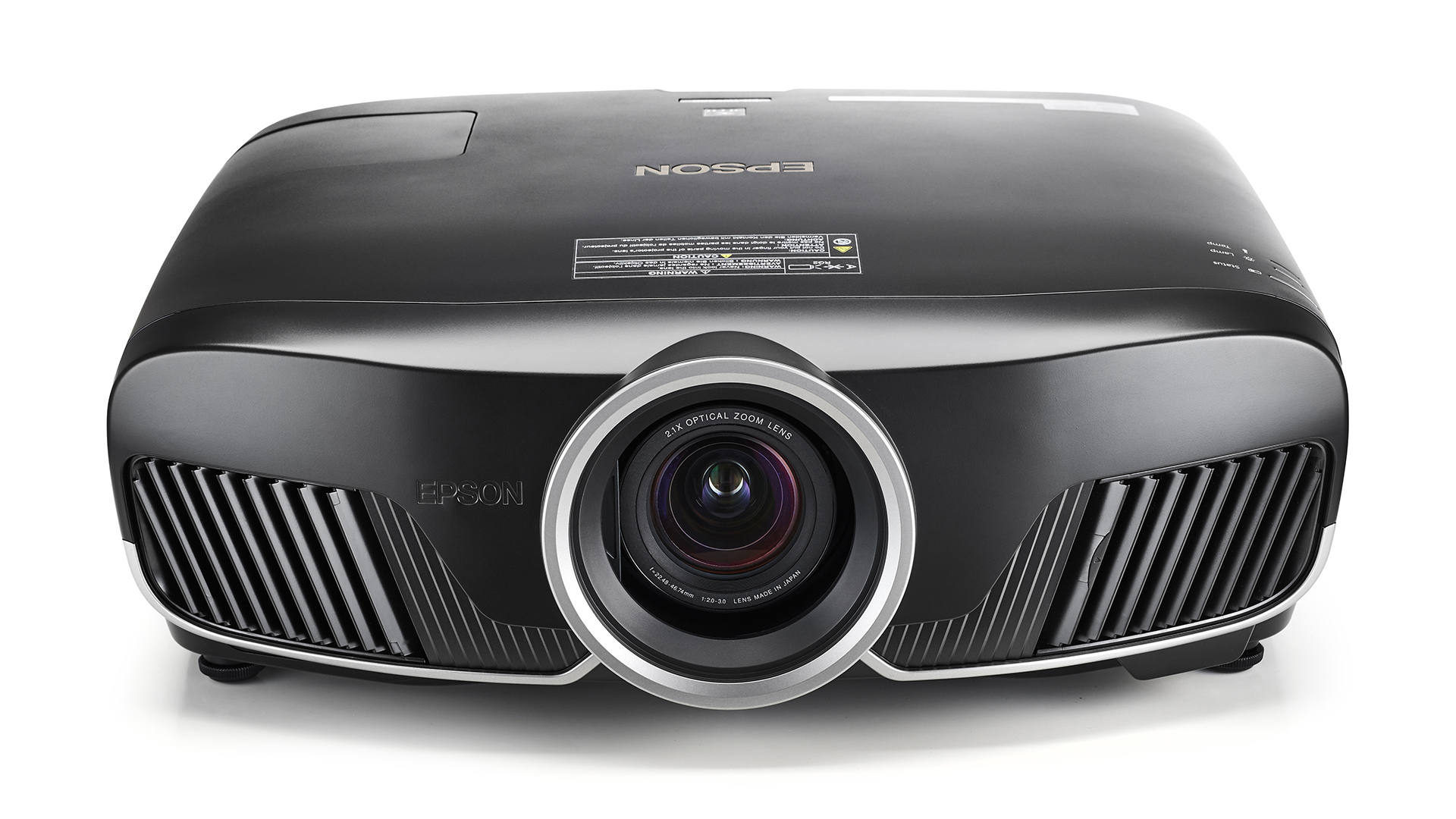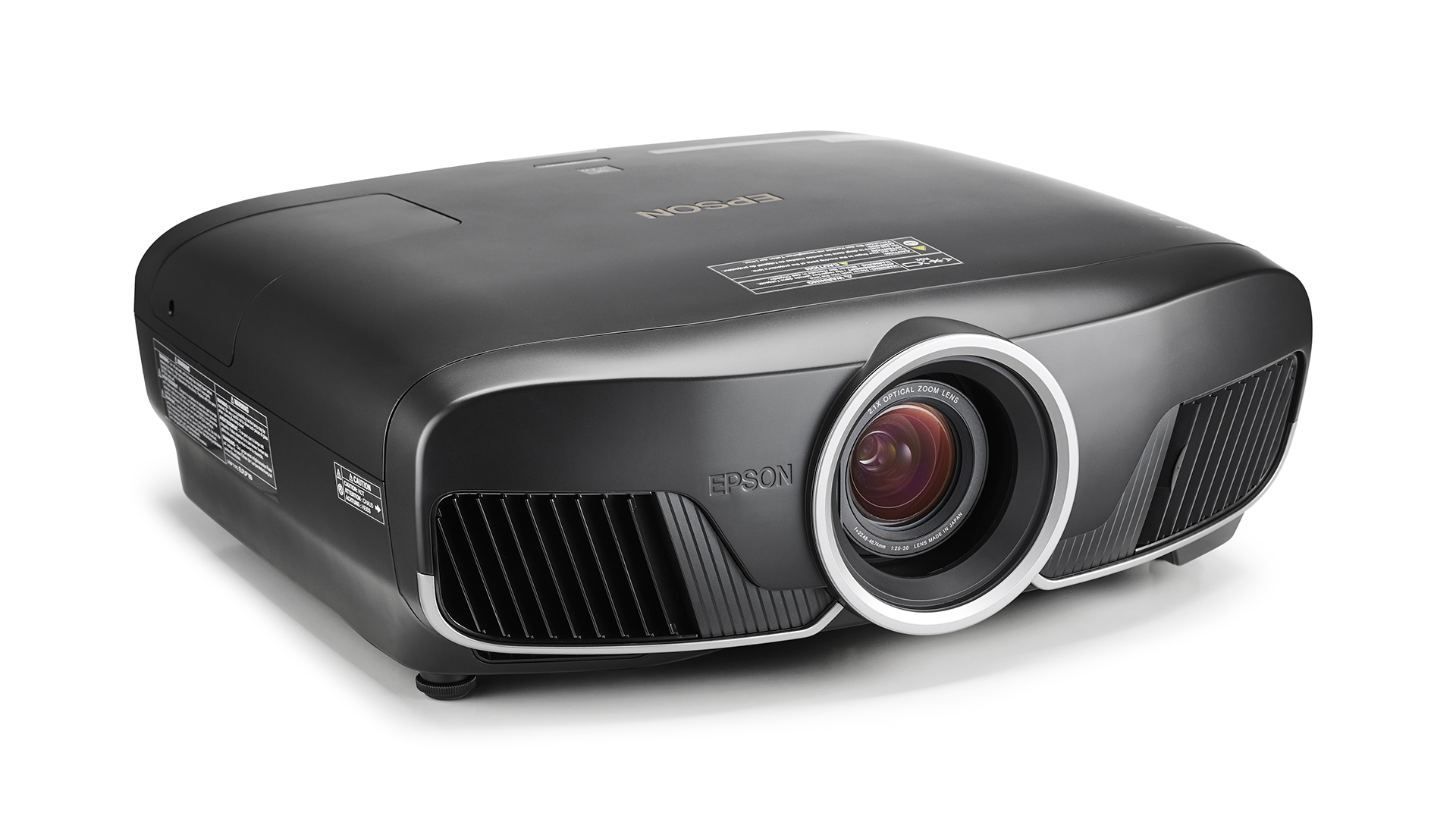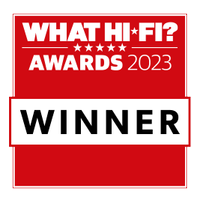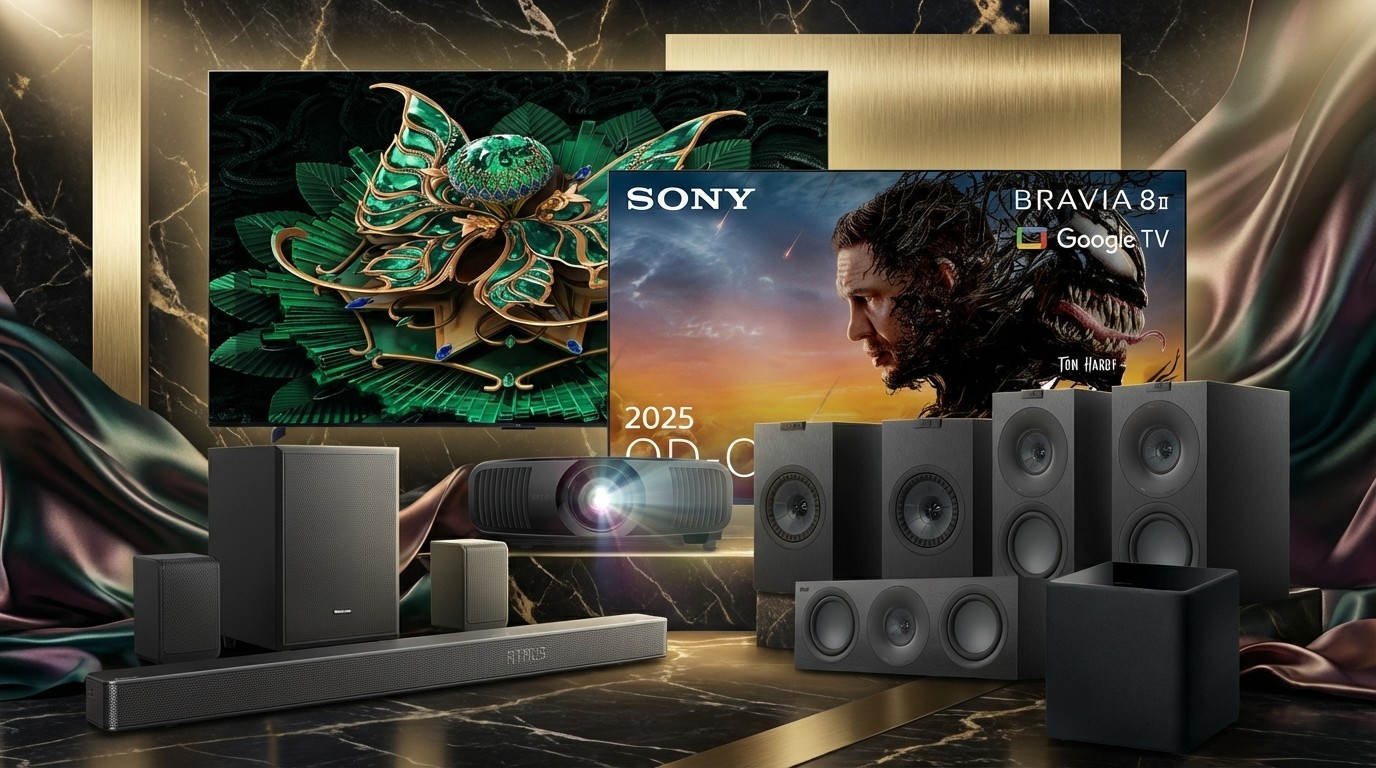What Hi-Fi? Verdict
Solid, vibrant and with plenty of picture pop, this powerful projector is a proper crowd-pleaser
Pros
- +
Motorised and adaptable lens
- +
Handles HDR well
- +
Vibrant colours
- +
Excellent sense of depth
Cons
- -
Noisy at full power
Why you can trust What Hi-Fi?
The Epson EH-TW9400 is a projector on the edge of greatness. Launching at £2549 in 2019, it can now be found for a slightly lower price of £2499. - placing it in a category of machines positioned just before the big step up in price to native 4K projection. But this one uses Epson’s 4K Enhancement pixel shifting technology to display that higher resolution.
It’s a tried and tested method that has proved pretty solid, whether performed by Epson, or by projectors made by other manufacturers. Of course, it’s not a native 4K chip, but you’d be looking at about twice this price to get that. At the moment, unless you have a budget of £5000, the EH-TW9400 is as good as it gets.
Build

Compared to similarly-priced DLP projectors, the LCD-based Epson EH-TW9400 is a pretty big machine. Weighing a hefty 11kg, you’ll need a fairly large space on your rack to accommodate it.
The adaptable lens is a real bonus here. Not only is it motorised for zoom and focus, but it can shift the image vertically and horizontally. Even if you can’t house the projector exactly where you want it, there’s a good chance the EH-TW9400 will be able to squirt its light out at the correct angle all the same.
It has a 2.1x optical zoom lens with a throw ratio of between 1.35-2.84:1, offering a range of options for the distance between the projector and your screen. The image produced can range from between 50in and 300in in size, and while the minimum throw is around 1.5m, a 100in image would mean set-up anywhere between 3m-6.3m – again, great for fitting into most homes.
Features

The EH-TW9400 features Epson’s 3LCD technology, with three separate liquid crystal chips (one for each of the three primary colours) used. A single 3,000-hour lamp means you can watch one feature film every day on full power mode, and still expect it to last around seven years before it needs replacing.
Around the back, there are plenty of connections for your sources, including a USB 2.0, two HDMI 2.0s and ethernet, so you can connect set-top-boxes, streamers and hard drives as well as Blu-ray players. It supports HDR10 and HLG formats and active 3D processing too, though no glasses are included in the box.
The latest hi-fi, home cinema and tech news, reviews, buying advice and deals, direct to your inbox.
However, you do get the kind of remote control you’d expect with a high spec piece of kit such as this. It’s big and solid, with a built-in light and a number of shortcuts that mean you don’t have to spend ages trawling the menus every time you want to tinker with the picture.
Picture

We love how easy it is to set up this projector. We put up the test pattern and, within a few button presses, the image is sharp and ready to go.
With War For The Planet Of The Apes in our reference 4K Blu-ray player, we turn down the lights to find out what this Epson projector can do. Thankfully, it works brilliantly straight out of the box. There are few settings that require changing for an excellent picture, particularly when watching in HDR. It’s really a question of a notch here and there on the colour and HDR brightness sliders, just to tweak the palette and light levels to your particular taste.

Picture 4K HDR
Brightness 2600 ANSI lumens
Inputs 2x HDMI 2.0, 2x USB 2.0
Ethernet Yes
Lamp life 5,000/3,000 hours (eco/normal)
Zoom lens 2.1x motorised
Projection ratio 1.35 - 2.84:1
Screen size 50 inches - 300 inches
Throw distance 3m to 6.3 m
Dynamic contrast ratio 1,200,000:1
Dimensions (hwd) 17 x 52 x 45cm
Weight 11kg
As we play the scene of the ape prison compound, it is astonishing how much brightness this projector can produce – at a claimed 2,600 lumens, it is streets ahead of the competition. It’s bright enough to watch films even in moderately lit conditions. However, the downsides to all this power are a noisy fan and the amount of heat generated by the machine. You can silence it by using an eco mode, but the trade-off is that the picture performance drops off rapidly.
Detail levels are solid. The computer-generated apes come off best with their black and silver guard hairs superbly rendered. The wrinkles of their faces and textures of their lips bring them to life.
It’s similar with dark details too. The result is that night scenes (at this price level they tend to be more dark grey than black) still have plenty of differentiation in the image. The rocks of the foreground, the apes and the cliff faces set against the dark skies all have a convincing texture of their own.
This ability to shade lends the picture a fantastic sense of depth, especially when watching HDR footage, and sets the Epson apart from the competition. The final battle at the end of the film is a treat, as the apache helicopters advancing on the compound seem to appear from behind the screen.
When the rockets explode in the snow, there’s a subtlety to the colour that’s beyond anything that previous Award winner, the Optoma UHD65, can achieve. Epson claims that the EH-TW9400’s 10-bit colour processing can create 1.07 billion different colours. We don’t stop to count them, but we wouldn’t be surprised if that were true.

We drop down to SDR with Jupiter Ascending on 1080p Blu-ray, and we aren’t disappointed by the Epson’s performance. Colours and depth are still beautifully strong as Channing Tatum zips about the screen with his space shield and boots.
The picture pops as the rippled reflections on the dark waves contrast the mottled silver highlights of the clouds, and there is a terrific variety in the shots of the moonlight ocean voyage. However, the black performance isn’t perfect and these certainly aren’t the most pitch-black skies we’ve ever seen.
It’s possible to remedy this by switching between the different colour modes. Choose Bright Cinema and you get more inkiness, though contrast and colour are better served by the Natural setting, which is the one we opt for.
Motion processing comes under Frame Interpolation on the menu system. It’s not on offer for every kind of footage we try but, when available, it is worth playing with. As usual, it doesn’t take much for the image to look over processed, so adjust with care. Instead of tending to the soap opera effect, it just loses a slight sense of reality. If you can stomach that, then a low level setting will see a lot of the judder disappear.
Verdict
The Epson EH-TW9400 is not the perfect projector, but that would cost a lot more than this. It’s a little noisy and far from OLED-black but the vibrancy and sense of depth are impressive. If you’re looking for a great projector at this level, you may just have found it.
SCORES
- Picture 5
- Features 5
- Build 5
MORE:
What Hi-Fi? Awards 2023: see all the winners
Read our Optoma UHD65 review
What Hi-Fi?, founded in 1976, is the world's leading independent guide to buying and owning hi-fi and home entertainment products. Our comprehensive tests help you buy the very best for your money, with our advice sections giving you step-by-step information on how to get even more from your music and movies. Everything is tested by our dedicated team of in-house reviewers in our custom-built test rooms in London, Reading and Bath. Our coveted five-star rating and Awards are recognised all over the world as the ultimate seal of approval, so you can buy with absolute confidence.



